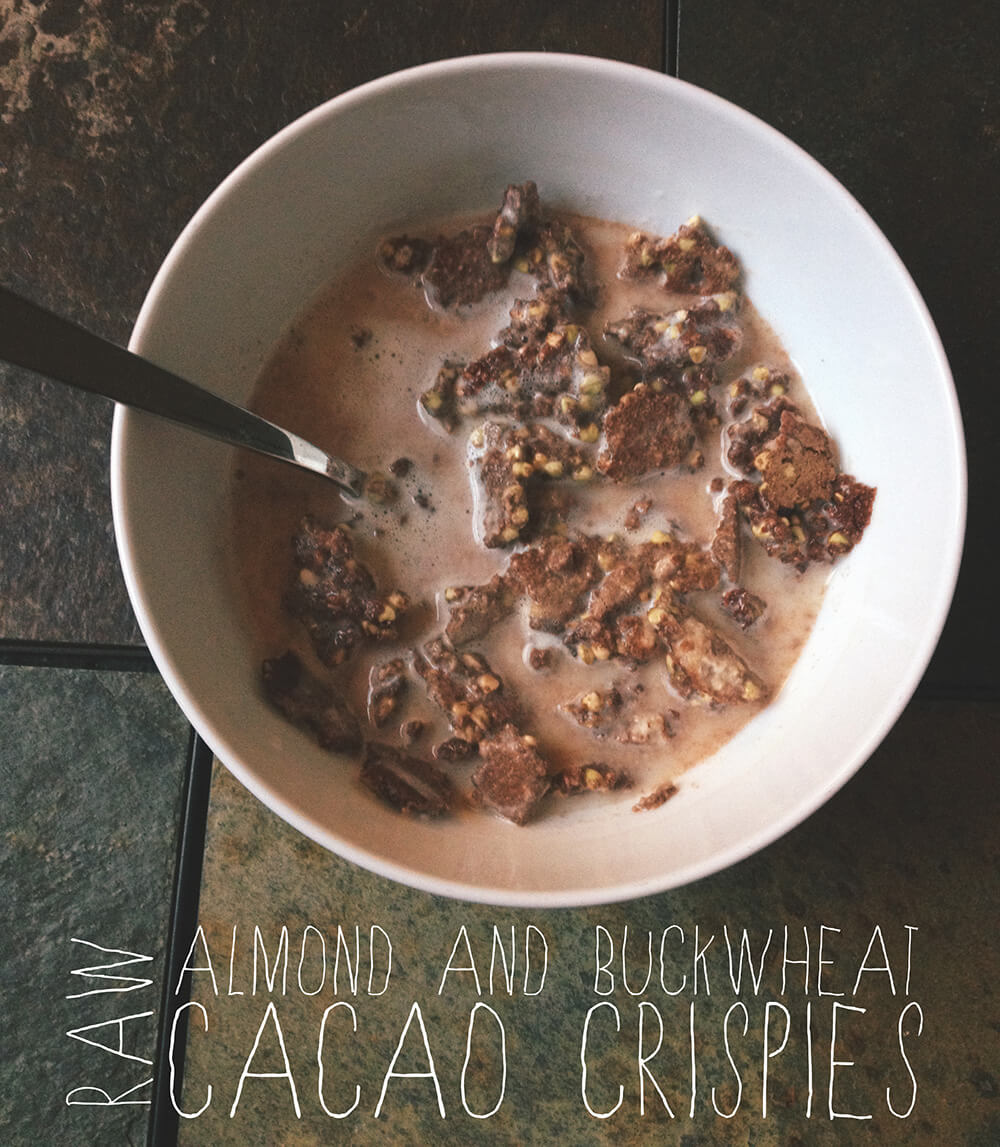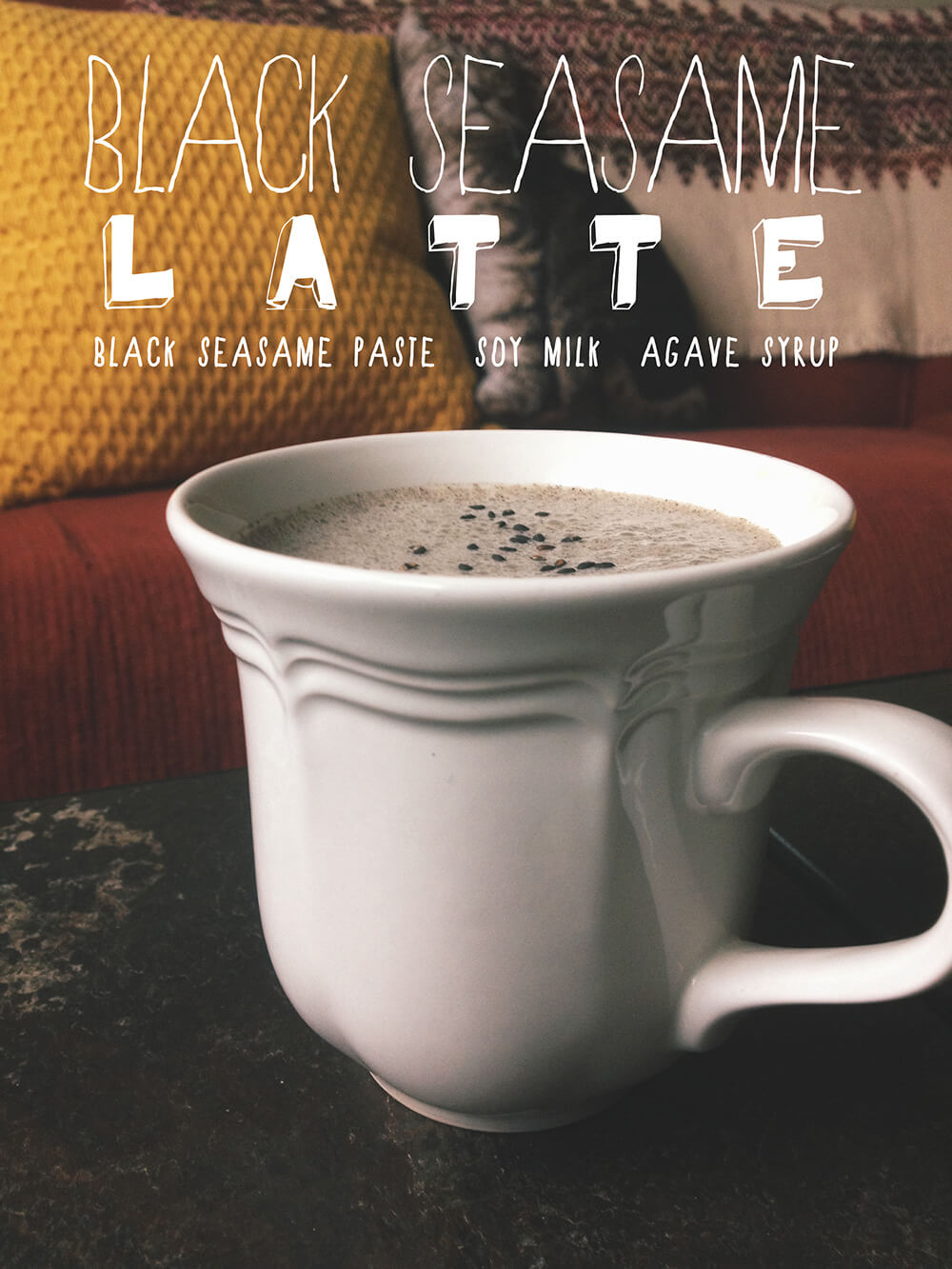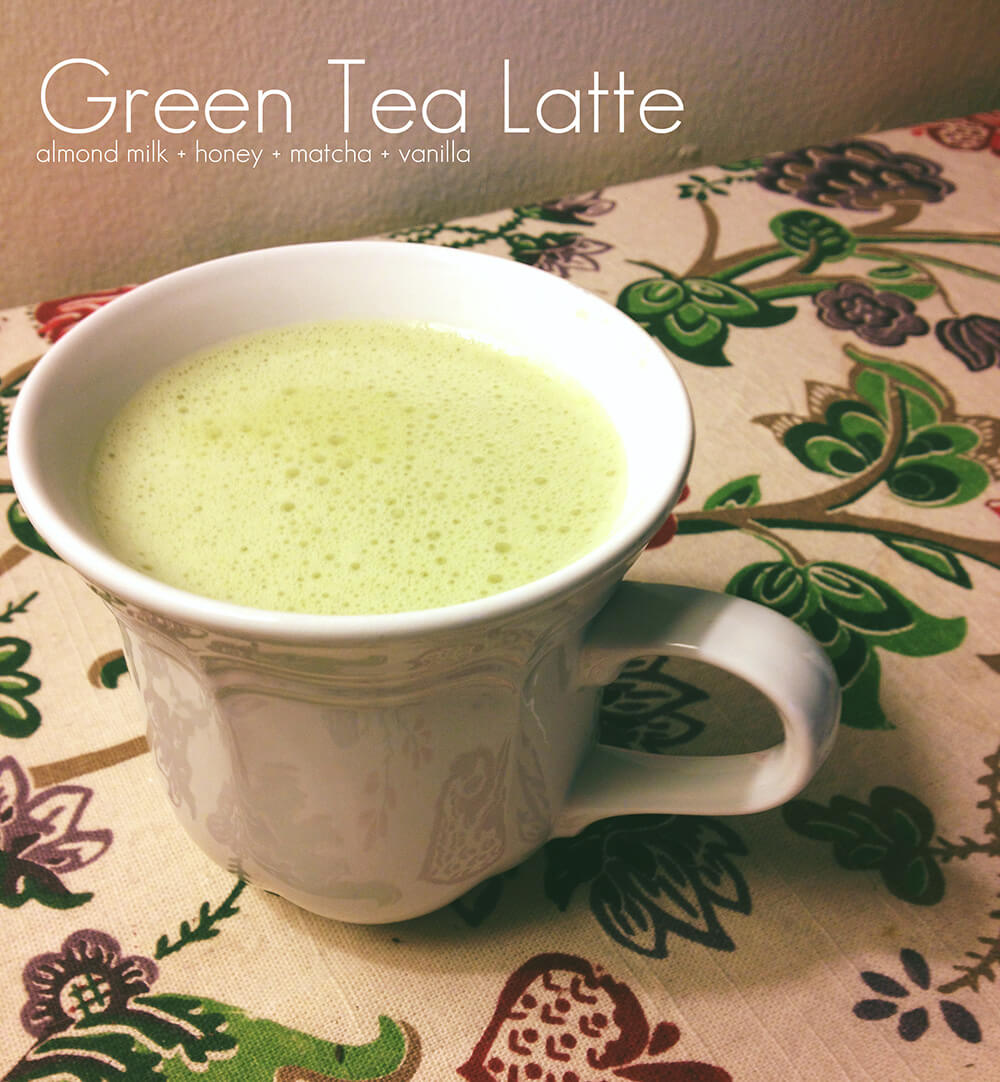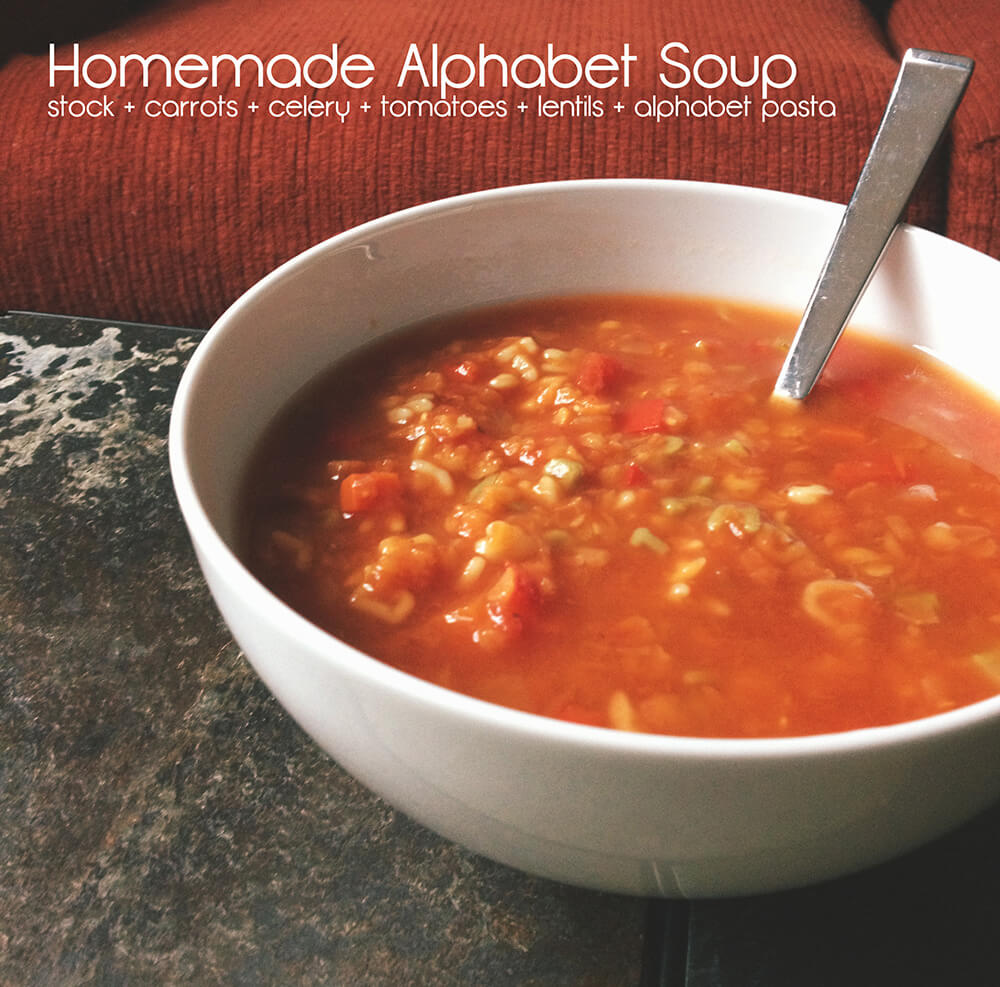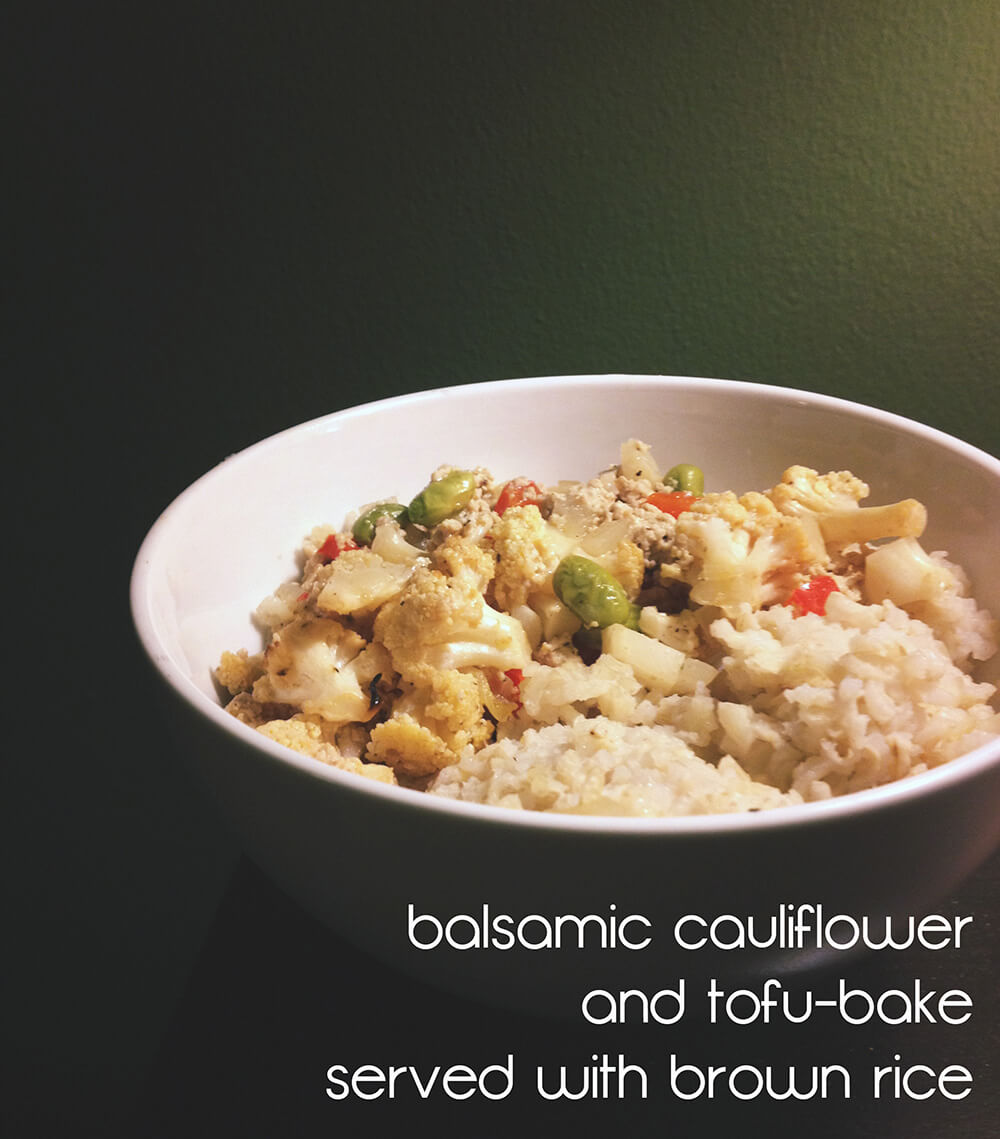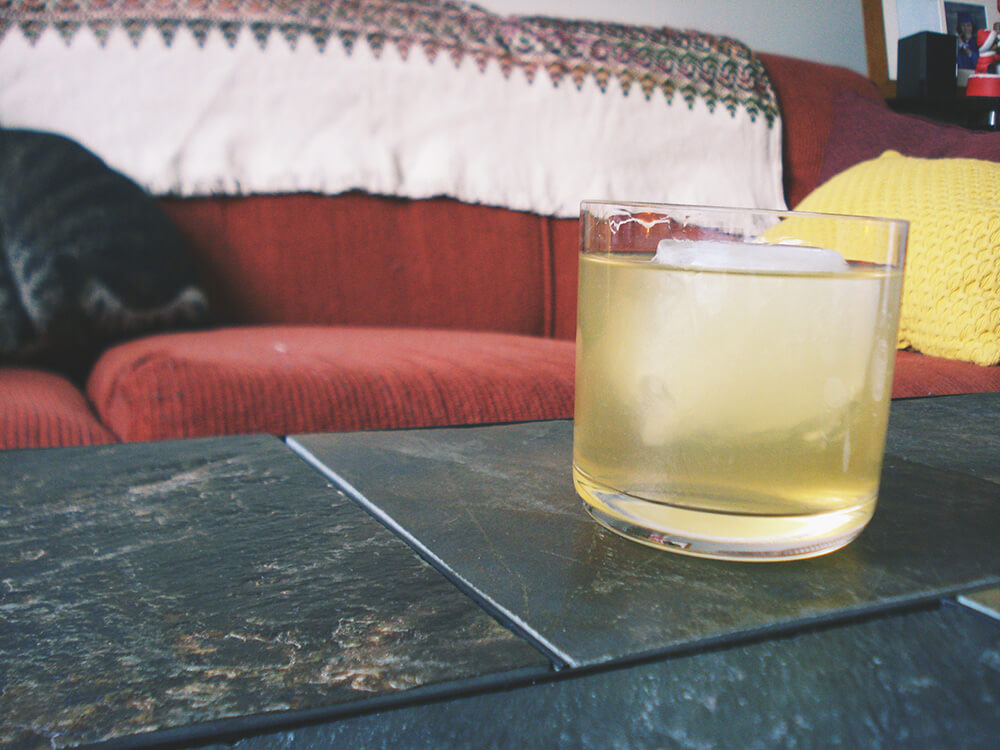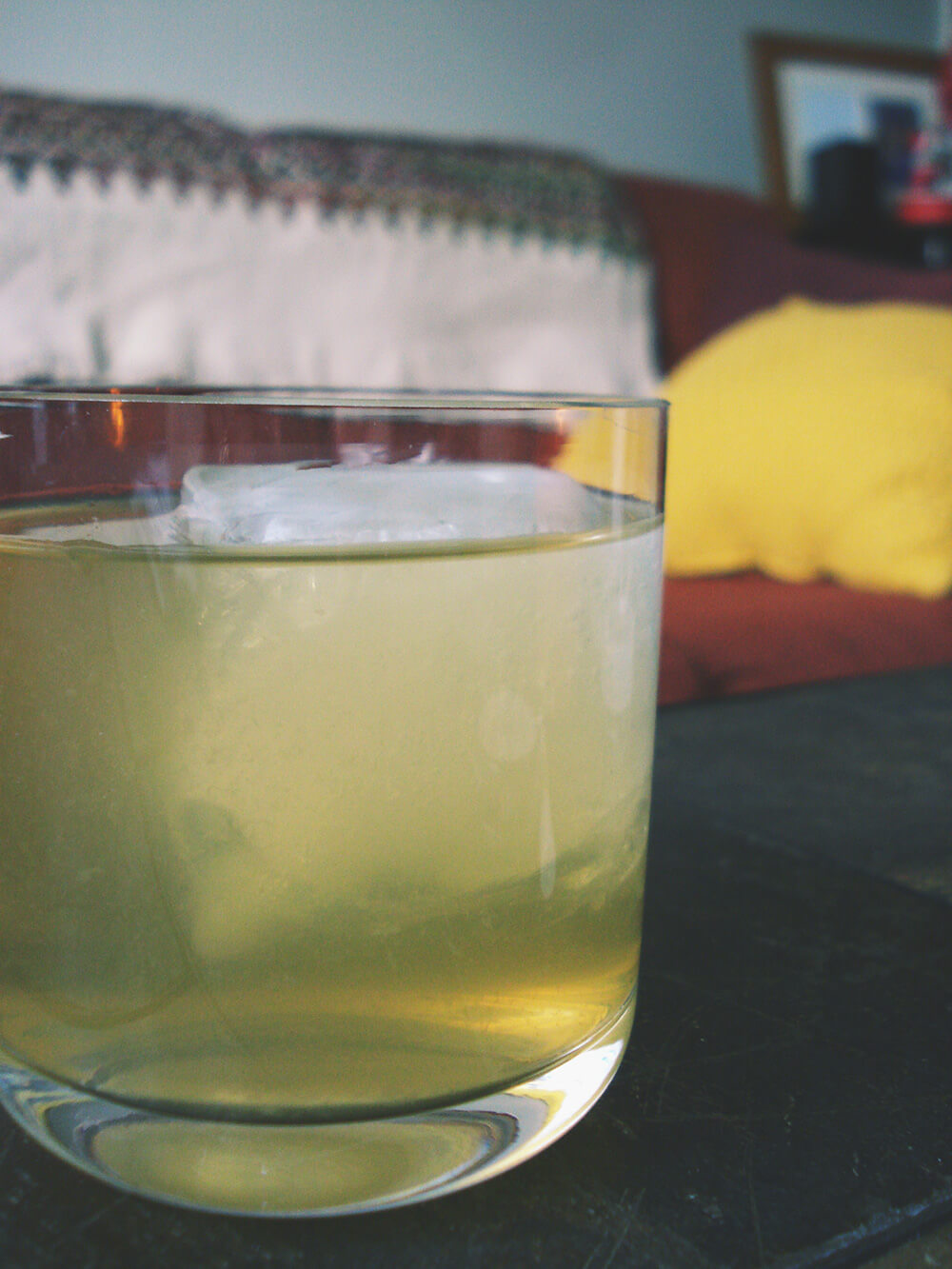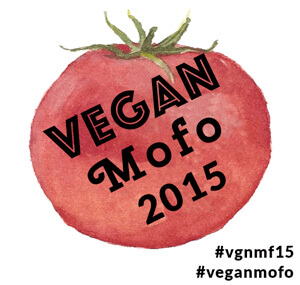We make a drink at work called “The MD.” It’s high in vitamin C and contains spirulina to help boost the immune system. Of course, one of the most frequently asked questions I get is, “What is Spirulina?” Usually, I give a vague answer. It is a blue-green algae that is chock full of vitamins and nutrients. Aside from that, I really don’t know where to start. It is like trying to explain why spinach is good for you; sure it is high in iron, but there are many other reasons to eat it. (Spirulina is actually more nutritious than Spinach anyway.) So much it would be pretty silly to just belt out all of its vitamins. So I’ve decided to break it all down here.

Hi, there! We are spirulina!
What the heck is Spirulina
Spirulina is a “sea vegetable,” a popular term to make algae and seaweed seem less “freaky.” Spirulina comes from the Arthrospira genus, one of the earliest living organisms to grow on earth. Although there are many different species, the ones cultivated for food are Arthrospira platensis and Arthrospira maxima. It was previously thought that Spirulina was part of the Spirulina genus, due to the similarity of the shape. Dispite the change of genus, the name sticks when it comes to its common name. The name Spirulina derives from the spiral shape of the organism when viewed under a microscope. Spirulina’s native romping grounds are Africa, Asia, Central and South America.
Spirulina’s taste can be difficult for people to articulate. Some people love the strong taste, me being one of them. And some people find it overwhelming. It can be pretty hard to eat more than one teaspoon to a tablespoon in one sitting. But keep in mind, one brand of spirulina tastes different from another. Think of it like any form of produce, it will taste different depending on the conditions it needs to grow in.

